Overview
We love WordPress, and we love helping you get as much out of it as possible. Today we’re talking about menus: how to build one, and the best plugins to make it your own.
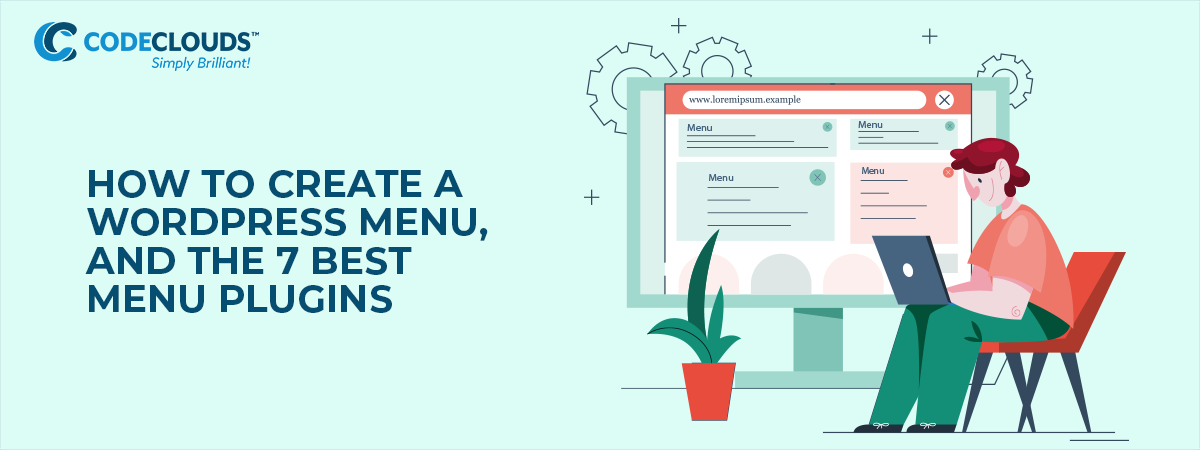
There’s a reason WordPress has become one of the biggest website platforms around, and that’s its endless extensibility. The core WordPress experience is extremely stable but not very versatile, but WP exists as part of a massive plugin ecosystem that’s easy to integrate and provides admins with a massive amount of flexibility.
WordPress Core does provide menu functionality, but our team has found it’s often insufficient to our clients’ needs. Today we’re going over the basics of how to create a menu in WordPress, and then we’ve put together a list of the 7 best menu plugins to help you customize it to your heart’s content.
How To Create A Menu In WordPress.
N.b: depending on your installed plugins, some of these locations may shift around a little. They’ll be in the same tab, they might just get moved up or down the menu as other options push them around.
- Appearance → Customise
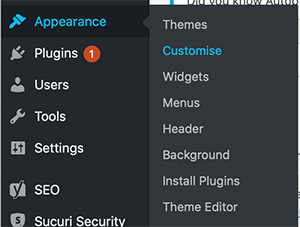
- Customise → Menus
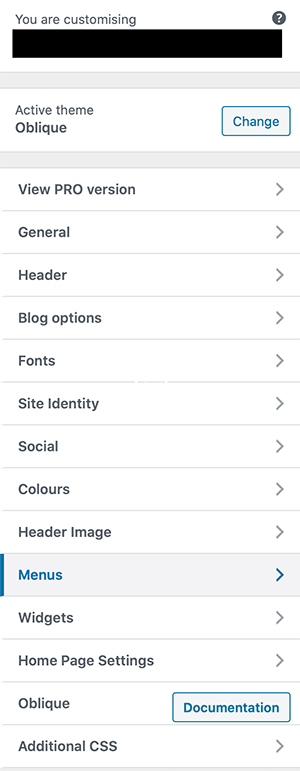
- Menus → Create New Menu
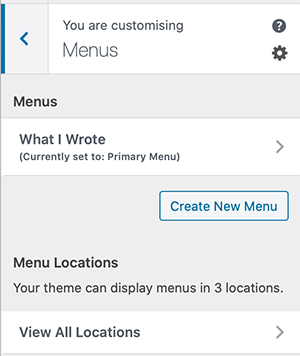
Which lets you create very straightforward menus, but often lacks flair. But don’t worry, now we get into the fun stuff.
WordPress Plugins to Improve Your Menus
A lot of plugins we’re going to talk about expand functionality significantly, but this does exactly one thing. It just happens to be a very important thing that it does very well. If you want a menu that sticks to the top of the page and moves with the user’s window as they scroll, then you’ve come to the right place.
It isn’t only restricted to menus: anything with a unique selector (like say, a properly-constructed call to action) can stick to the top of the window and stay there while the user scrolls.
This one requires some basic code skill; many of you should be okay to do it alone, but if you do find yourself needing help then remember you’re currently in the company of the best WordPress experts who can help out.
If you’ve ever found yourself saying “I want a menu … but MORE” then I’m delighted to be able to introduce you to the mega menu. You’ve probably seen one before: it’s a menu with multiple columns. Especially if you’re running a business with a lot of different categories, it can be a more efficient use of space than having a gigantic vertical dropdown like you’d get with WordPress Core.
.png?updated_at=2023-07-25T07:31:33.984Z)
A Mega Menu on TradeMe
Note: TradeMe does not use WordPress.
Note: TradeMe does not use WordPress.
Max Mega Menu is the most popular mega menu plugin, and for good reason. It’s fast, full-featured, and works with responsive layouts. It also integrates seamlessly with Elementor and a number of other popular page builders. The free version is the one we see most often, though the paid pro version of the plugin includes compelling features like search support, accordion menus, custom item styling and multi-tab mega menus.
If you’re primarily trying to sell on mobile, then this might be your pick. While most of these plugins are responsive, it’s an addition rather than the main thrust. For many site owners we meet, having a clear and attractive layout on mobile devices is their paramount concern, and that’s when we turn to Responsive Menu. It’s extremely customizable and provides the user with a high degree of fine-grained control.
As a caveat, a lot of its functionality is locked behind a paywall, including some features users might consider critical like a preview mode and header integration. Many users can survive without those and they’ll be perfectly happy with the free version, but if that’s a problem, it’s one you should be aware of before diving in.
If you’re looking for something a little simpler, this might be your pick. It offers excellent responsive menus that look great on a variety of mobile devices. Like nearly every plugin, there’s a free and paid pro mode, though the features locked behind pro are a little less restrictive here. You’re still going to want to pay for headers and footers, but the free version comes with features like Google Font integration. It’s the simple and lightweight option for great mobile menus.
ShiftNav is designed to give users an experience more like a native mobile app. While it’s fine for desktops, it really shines on mobile. It’s worth noting that a majority of internet traffic as of March 2020 is mobile—it overtook desktop in 2017 and the gap between them has increased with every passing year. If you’re not optimizing your website for mobile then you’re missing out on crucial conversions. It’s simple to set up and has great support, though the free version doesn’t offer the same sort of customization options.
Handily, the ShiftNav website displays the difference between their free and pro versions:
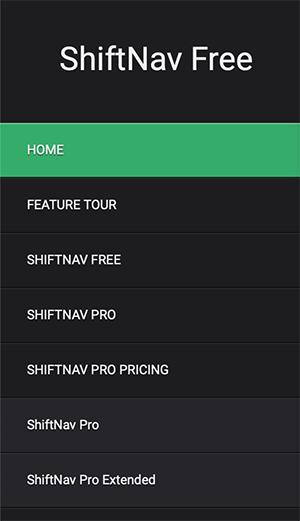
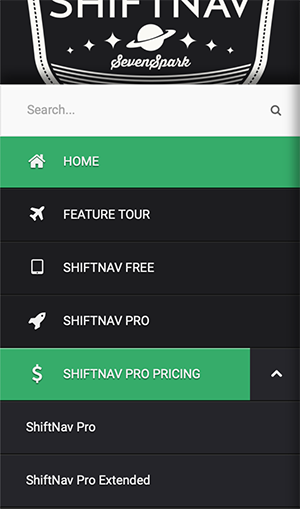
You get very similar functionality, though the pro version looks significantly more professional and gives you more power and customization.


You get very similar functionality, though the pro version looks significantly more professional and gives you more power and customization.
- Go Custom
Always an option: if nothing in the plugin ecosystem feels right, you can always go for custom WordPress development. You can hire WordPress developers familiar with HTML, CSS and (in particular) the Zend PHP framework, and they can work miracles for you. It’s not for everybody, but if you want something truly unique. Your competitors are all going to be using the same plugins, and if you want something that makes you stand out then this is a possible route to take.
Made by the MegaMenu team, but with greater versatility—you can use the functionality but in order to create vertical, sidebar, offcanvas and collapsible menus as well. It has an extremely robust free version, limiting only fairly high-end features like logins and social menus to pro.

It also has a great easy-to-use drag and drop editor very similar to the default WordPress editor, but for menus. This makes things a lot easier and faster than if you were using the standard WordPress Core functionality. It’s a great plugin, and my personal favorite as a generalist for implementing better menus.
Share this article
126 reads
Similar Reads








